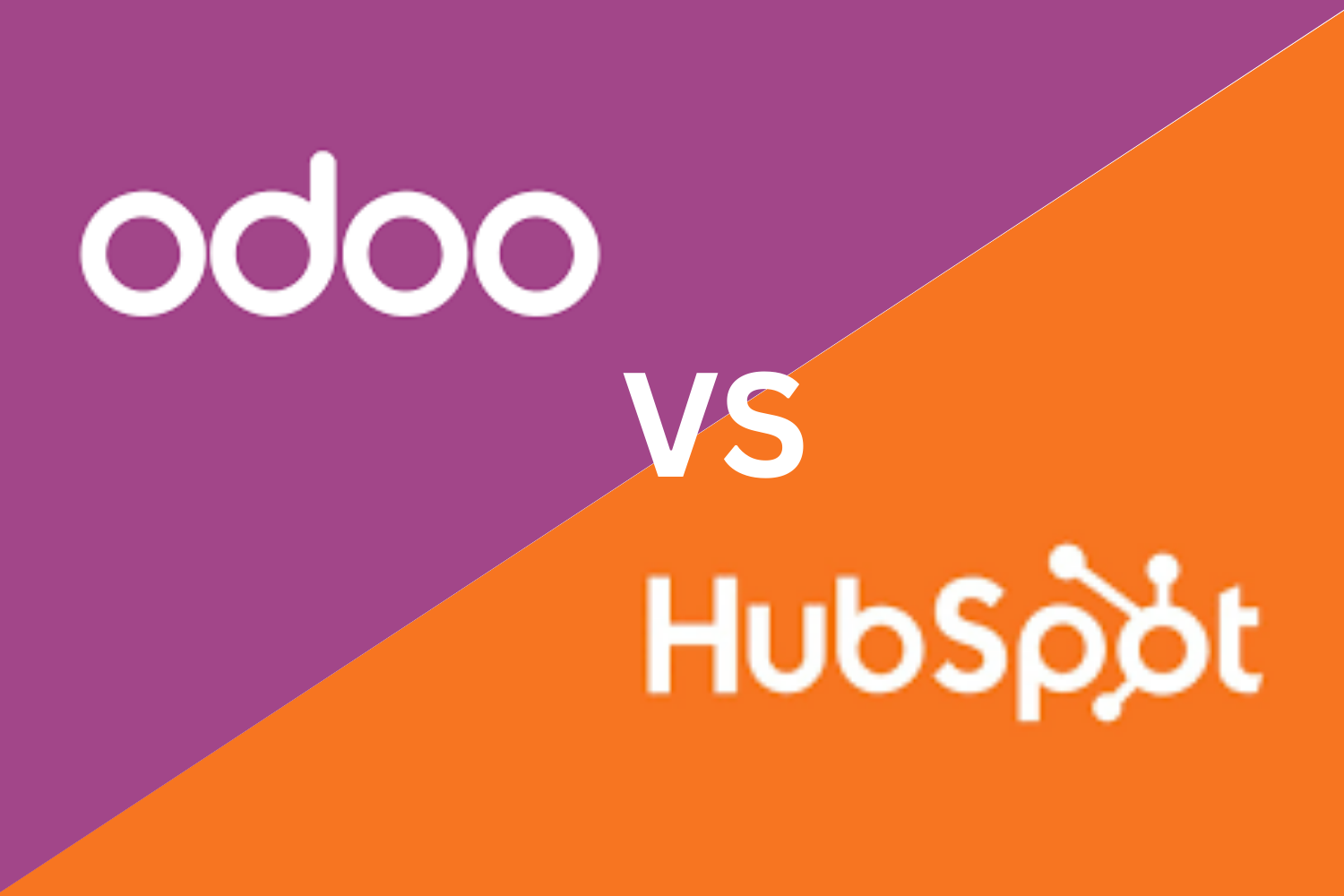FIFO vs. LIFO inventory valuation are two accounting methods businesses use to calculate the cost of goods sold (COGS) and inventory value. Choosing the right method affects profits, taxes, and financial reporting.
FIFO (First-In, First-Out) assumes the oldest inventory is sold first, reflecting real-world stock movement. LIFO (Last-In, First-Out) assumes the newest inventory is sold first, which can lower taxable income during inflation.
Understanding these methods helps businesses optimize tax strategy, financial planning, and pricing decisions.
What Is FIFO? (First-In, First-Out)
FIFO (First-In, First-Out) is an inventory valuation method where the oldest stock is sold first. This approach follows a natural inventory flow, making it common in industries dealing with perishable goods like food and medicine.
For example, if a store buys 100 units of a product at $5 each and later buys another 100 units at $6 each, FIFO assumes the $5 units sell first. This means the cost of goods sold (COGS) is based on older, lower-cost inventory, often leading to higher profits during inflation.
FIFO clearly reflects inventory value, ensures stock freshness, and aligns with both IFRS and GAAP accounting standards. However, in rising-cost environments, it results in higher taxable income since older, cheaper inventory is recorded as COGS.
What Is LIFO? (Last-In, First-Out)
LIFO (Last-In, First-Out) is an inventory valuation method where the most recently purchased stock is sold first. This approach is useful in inflationary periods because it records higher costs for goods sold (COGS), reducing taxable income.
For example, if a company buys 100 units at $5 each and later buys another 100 at $6 each, LIFO assumes the $6 units sell first. This increases COGS, lowers reported profits, and reduces taxes.
LIFO benefits businesses facing rising costs, such as manufacturing and retail. However, it can undervalue inventory on financial statements and is not permitted under IFRS, limiting its use globally.
Advantages and Disadvantages of FIFO
Advantages of FIFO
- More accurate inventory value – FIFO aligns inventory costs with real-world flow, ensuring older stock is sold first and the remaining inventory reflects current market prices.
- Higher profits during inflation – Since older, lower-cost inventory is recorded as the cost of goods sold (COGS), businesses report higher profits when prices rise.
- Widely accepted – FIFO is permitted under both IFRS and GAAP, making it the preferred choice for international businesses.
- Reduces risk of obsolete stock – Ensures perishable or time-sensitive products are used before expiration.
Disadvantages of FIFO
- Higher taxable income – In an inflationary market, FIFO records lower COGS, increasing profits and tax liability.
- COGS may not reflect current costs – When prices rise, selling older, cheaper inventory means reported costs don’t match the latest purchase prices, potentially distorting financial analysis.
Advantages and Disadvantages of LIFO
Advantages of LIFO
- Lower taxable income during inflation – LIFO records recent, higher-cost inventory as the cost of goods sold (COGS), reducing profits and tax liability.
- Better cost matching – Since COGS reflects current market prices, financial reports align more closely with recent expenses.
- Beneficial for cash flow – Lower tax payments free up cash for business operations, especially in inflationary periods.
Disadvantages of LIFO
- Not accepted under IFRS – Global companies using IFRS cannot apply LIFO, limiting its adoption outside the U.S.
- Understates inventory value – Since older, lower-cost stock remains on financial statements, inventory may appear undervalued.
- Can distort financial performance – Lower profits on paper may affect investor perception, making a business seem less profitable than it is.
FIFO vs. LIFO: Which One Should Your Business Use?
Choosing between FIFO vs. LIFO inventory valuation depends on your business goals, industry, and tax strategy.
- FIFO is ideal for businesses that need accurate inventory valuation and higher reported profits. It works best for companies dealing with perishable goods, retail, or international markets where IFRS compliance is required. However, it can lead to higher taxes during inflation.
- LIFO is beneficial for businesses looking to reduce taxable income in inflationary periods. It is commonly used in industries like manufacturing and wholesale, where inventory costs fluctuate. However, it can undervalue inventory, which is not allowed under IFRS.
For businesses operating globally, FIFO is the better choice due to its universal acceptance. If tax savings are a priority and you operate under U.S. GAAP, LIFO can offer financial advantages during rising costs.
Conclusion
FIFO vs. LIFO inventory valuation impacts taxes, profits, and financial reporting. FIFO provides accurate inventory valuation and is widely accepted, while LIFO lowers taxable income during inflation but is restricted under IFRS. Businesses should choose the method that aligns with their financial goals, industry, and accounting regulations.





